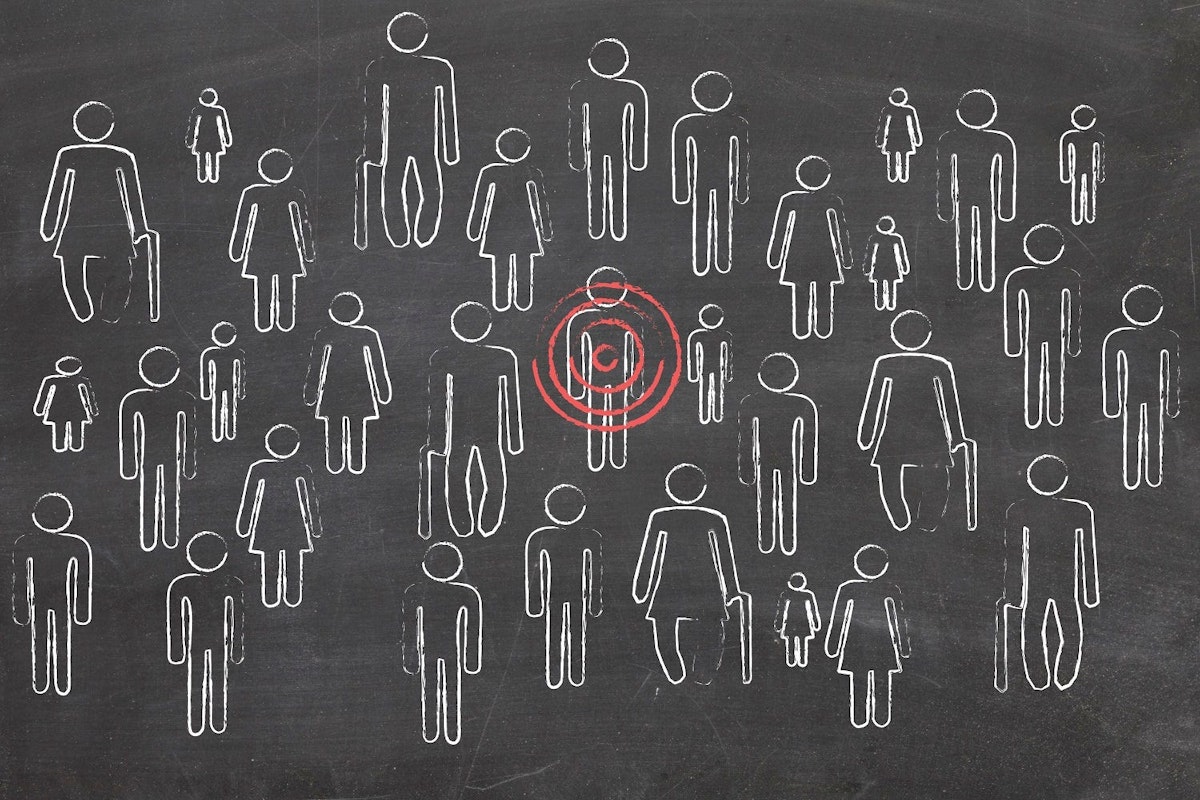
Product-market fit: It’s all about defining your archetype customer
Jul 11, 2016
This article originally appeared on VentureBeat.
We meet with many early stage entrepreneurs who have product in market and have moderate early success in getting customers to pay. Their traction isn’t good enough to convince investors that they’ve achieved product-market fit and are ready to break out. But it’s also not bad enough to give up the ghost and start over.
I’ve found the single most instructive question that clarifies what’s really working is “Who is the archetype customer?” Answering this is the key to working your way through this period of mediocre results.
Most well intentioned companies start building a product with the target persona in mind. But then reality sets in, and you are where you are. You’ve gotten traction with some users in your target personas, but you’ve also gotten traction with some exceptions. If you’ve instrumented the product and on-boarding process, you can pull key insights from the data. If you haven’t collected the data, you can start calling your existing customers to learn more about their company and experience using your product. You’ll learn a ton, and they’re likely to appreciate it immensely.
Then you need to start digging through the data. You’re looking for patterns of commonality in customer definition and use cases. The data you’re looking for isn’t obvious — you’re trying to find patterns where few are clear.
Here are areas to probe to discern patterns:
- Company demographics (size, industry, etc).
- Job function or role of primary users, especially initial sponsor.
- Sales cycle time, specifically how many days from initial conversation to close.
- What is the existing technology stack in the company? Was there a technology connection/interface that helped drive the deal?
- What systems is your product interacting with, and were those part of the decision process?
- Was your product viewed as a solution to an acutely felt pain point or a supplement to existing solutions?
- Are there existing systems that are limiting in function so your product provides a better solution?
- Does the user organization tend to be an early adopter of new technology, or is it only willing to do so when “stuck?”
- Is there budget dedicated for your product category? What is their business case for spending money on a new product?
- How much training or process change did they need to adopt the new product?
- How much customization or integration with their existing infrastructure was necessary to make the new product effective? How many days till they felt productive with your product?
- Are there any key features or capabilities that would make the new product much more useful to them? Are there features that would increase usage across the organization?
Best practice is to add questions to explore emergent hypotheses, but removing questions makes it harder to compare the data over time.You won’t always find just one pattern. Oftentimes, there will be several clusters of common characteristics, which leads to tough questions about how to move forward.
Focusing on your archetype customer is critical for an early-stage company. Even if you need to run more experiments to learn the answer, run focused experiments. Which customers can you close and make successful consistently — even with an early product? Geoffrey Moore used to refer to this group as “the first bowling pin.” The siren call of big sales can be a false indicator if you can’t make them successful. Low-hanging fruit may not have the same growth potential over the long haul or position you as a differentiated product in the market. Make a choice. Which customers will be highly referenceable? Which customers set the best example of who you want to be associated with to position your company rapidly in the minds of other prospects? If you’re judged by the company you keep, key customers can shine the brightest light on the problem and solution you’re offering. You may be able to serve larger customers or serve adjacent markets in the future, but staying focused on a core persona/archetype will build the platform for future growth.
Bonus: deep knowledge of these customer patterns assures your board that you’re focused on the right things to build a long-term business. Even if there are missteps, they will trust you are asking the right questions to sustain long-term growth.

